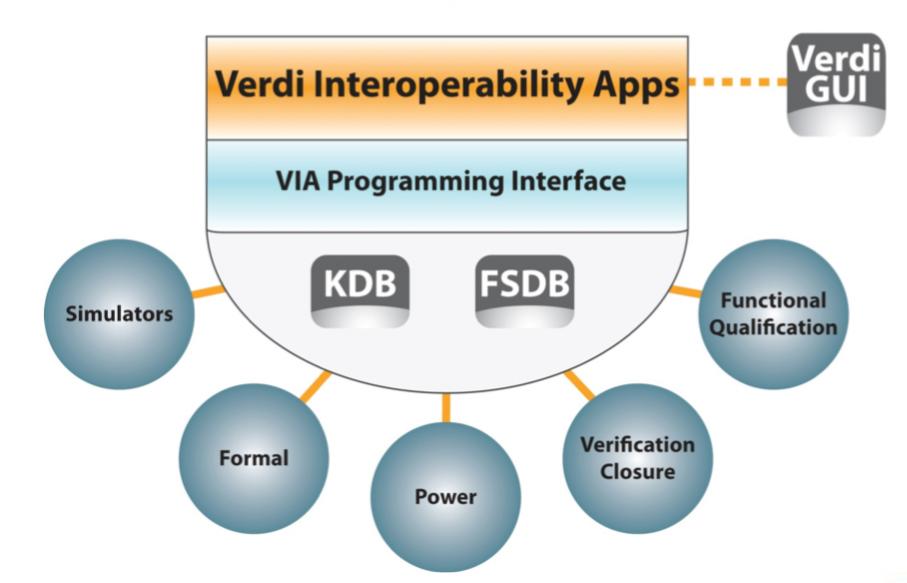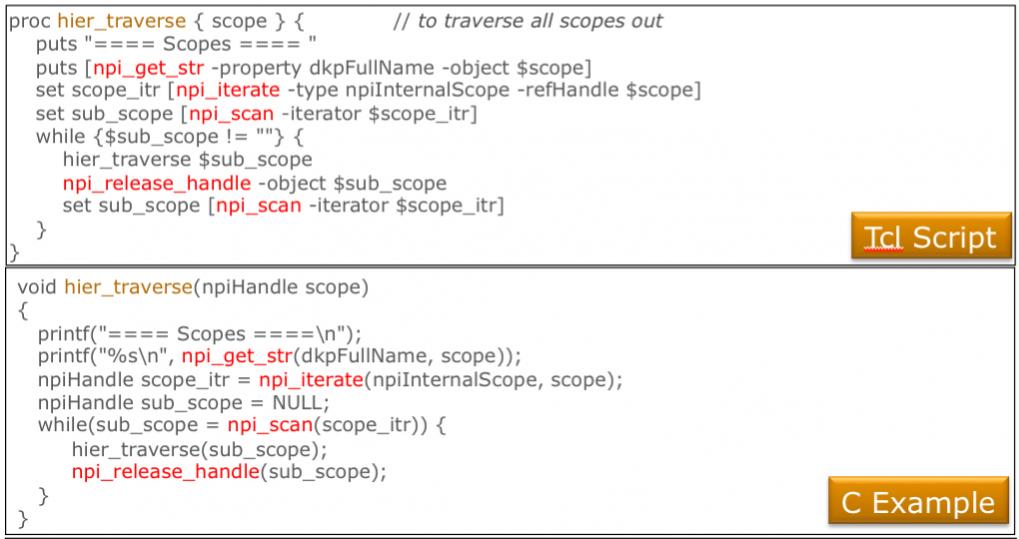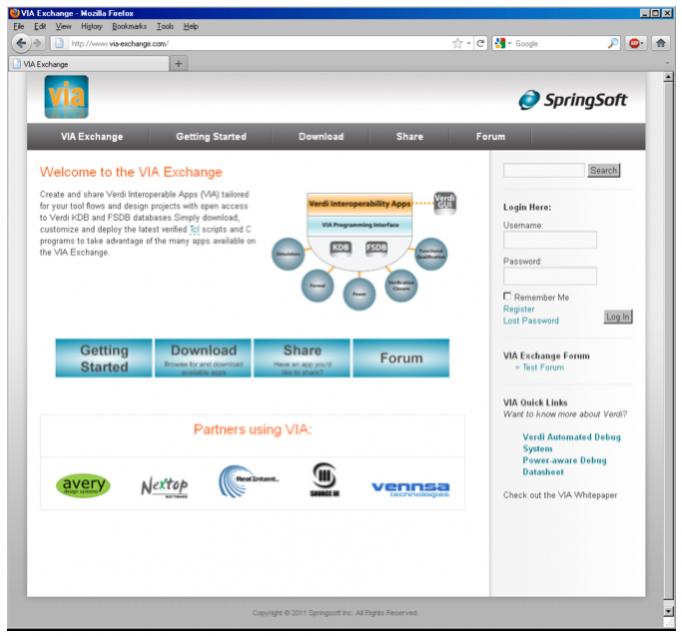Verdi is very widely used in verification groups, perhaps the industry’s most popular debug system. But users have not been able to access the Verdi environment to write their own scripts or applications. This means either that they are prevented from doing something that they want to do, or else the barrier for doing it is very high, requiring them to create databases and parsers and user-interfaces. That is now changing. Going forward the Verdi platform is being opened up, giving access to the KDB database of design data, the FSDB database of vectors and the Verdi GUI.
 This lets users customize the way they use Verdi for debug and they can create “do-it-yourself” features and use-models, without having to recreate an entire infrastructure from scratch before they can get started. There are interfaces available for both TCL access and for C-code access. As a scripting language TCL is usually quicker to write, but C will usually win if something requires high computation efficiency while being harder to create.
This lets users customize the way they use Verdi for debug and they can create “do-it-yourself” features and use-models, without having to recreate an entire infrastructure from scratch before they can get started. There are interfaces available for both TCL access and for C-code access. As a scripting language TCL is usually quicker to write, but C will usually win if something requires high computation efficiency while being harder to create.
 There are a lot of areas where users might want to extend the Verdi functionality. Probably the biggest is design rule checking. Companies often have proprietary rules that they would like to enforce but no easy way, until now, to build a qualification tool. Or users might want to take output from some other tool and annotate it into the Verdi GUI rather than trying to process the raw data directly.
There are a lot of areas where users might want to extend the Verdi functionality. Probably the biggest is design rule checking. Companies often have proprietary rules that they would like to enforce but no easy way, until now, to build a qualification tool. Or users might want to take output from some other tool and annotate it into the Verdi GUI rather than trying to process the raw data directly.
These small programs that run within the Verdi environment are known as Verdi Interoperability Apps, or VIAs.
In addition to allowing users to create such apps, there is also a VIA exchange that allows users to freely share and reuse them. So if a users wants to customize Verdi in some way, it may not even be necessary to write a script or some code since someone may already have done it. Or at least done something close that might serve as a good starting point. The VIA exchange is at http://www.via-exchange.com.
 In addition to making TCL scripts and C-programs available for download, the VIA exchange also has quick start training material and a user forum for sharing and exchanging scripts, and getting questions answered. There are already over 60 function/procedure examples and over 30 scripts and applications already contributed by Springsoft’s own people, by Verdi users and by EDA partners.
In addition to making TCL scripts and C-programs available for download, the VIA exchange also has quick start training material and a user forum for sharing and exchanging scripts, and getting questions answered. There are already over 60 function/procedure examples and over 30 scripts and applications already contributed by Springsoft’s own people, by Verdi users and by EDA partners.
Once again, the VIA exchange website is here.
Share this post via:







Quantum Advantage is About the Algorithm, not the Computer